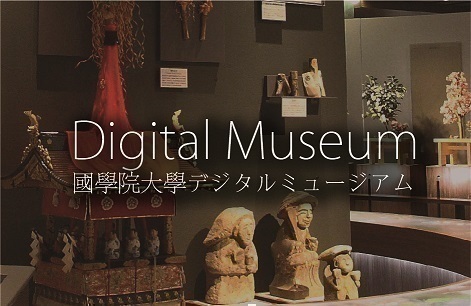- トップ
- Encyclopedia of Shinto
- Inbe Shintō
Encyclopedia of Shinto
| Main Menu: | |
| Links: |
詳細表示 (Complete Article)
| カテゴリー1: | 8. Schools, Groups, and Personalities |
|---|---|
| カテゴリー2: | Medieval and Early Modern Schools |
| Title | Inbe Shintō |
| Text | One lineage of Shinto. Transmitted by the Inbe clan and commonly held to have been advocated by Inbe Masamichi (n.d.). Claiming Futodama as its ancestral patriarch, the ancient Inbe clan is said to have been in charge of court rituals together with the Nakatomi clan. However, it is believed that in later times the clan's functions were gradually taken over by the Nakatomi clan. The Gleanings from Ancient Words (Kogo shūi), by Inbe no Hironari, was a written protest against the exclusion of the Inbe by the Nakatomi. The revision of the characters used to represent the name of the clan, from Inbe 忌部 to Inbe 斎部, took place in 803 (Enryaku 22) at the petition of Inbe Sukune Hamanari and others of the clan. What is today called "Inbe Shintō" refers to the Shinto teachings that developed in the medieval period around the philosophy of Inbe Masamichi's Jindai no maki kuketsu [Oral Secret Teachings on the Chapter of the Age of the Gods]. Here, in an explanation embroidered with Song-dynasty theories of li (Jp. ri: "principle") and qi (Jp. ki: "material force"), Shinto, Confucianism, and Buddhism are held to be Ways that exist in correspondence to the general principles of Heaven-and-Earth. However, "Inbe Shinto" may also be used to refer to the Shinto teachings promulgated in the Edo period by Inbe Tansai (n.d., a.k.a. Hirota Tansai). Tansai is sometimes said to have been the author of the apocryphal work The Great Perfect Scripture of the Primary Record of Ancient Matters in Preceding Generations (Sendai kuji hongi Taisei kyō ), and to have participated in the plans for the revival of the shrine Izōnomiya, but our portrait of him is incomplete. In the early Edo period, he expounded upon the Japanese classics, waka poetry, and other subjects. "Fundamental Sogen Shinto" (Konpon sōgen shintō), a term he used in his Jingi-Era Excerpts from the Chapter on the Age of the Deities (Jindaikan jingi shō), is known as a synonym for Inbe Shinto. He had many disciples, Yamaga Sokō among them. No direct links exist between Masamichi and Tansai, and many points regarding Inbe Shinto remain unclear. The figure to express the strongest interest in its teachings was Yamazaki Ansai, the founder of Suika Shintō. Ansai learned Inbe Shintō from Tansai's disciple Ishide Tatewaki, incorporating it into his own Suika Shintō. This is clear from the remark in Tani Jinzan's Jinzan-shū, where he writes, "He learned the Inbe style from Ishide Tatewaki." Ansai paid special attention to the view of the Divine Regalia articulated in the Gleanings from Ancient Words, and he respected the Jindai no maki kuketsu over the Shinto teachings of the Yoshida and Ise lineages, so much so that he himself had a corrected edition of the work printed. In addition, it is said that Inbe no Shikofuchi's account of the Norito in Eight Parts (Hakka no norito) was an important factor in the formation of Ansai's "A Tale of Earth and Metal" (Tsuchikane no den). -Yazaki Hiroyuki |




